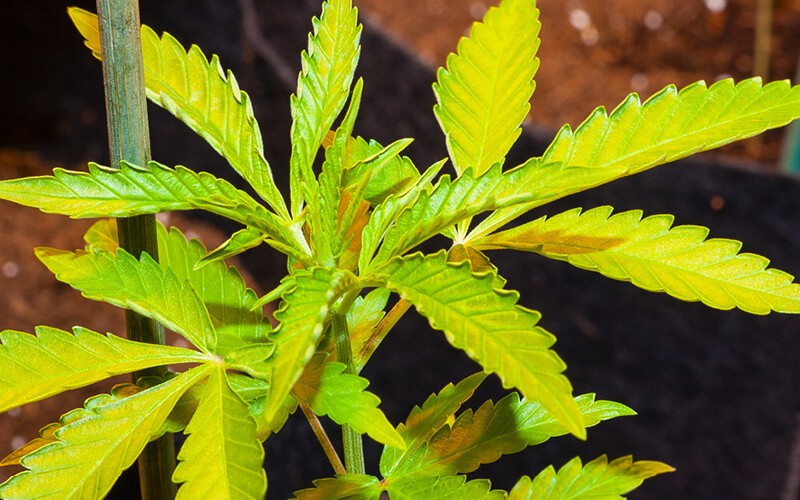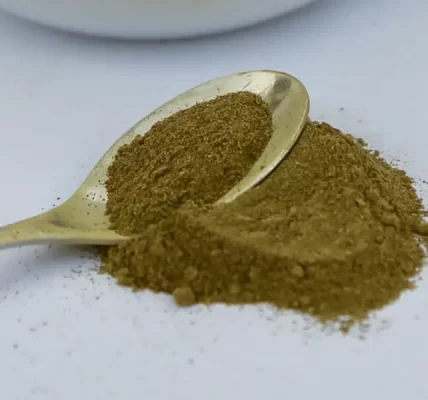Marijuana plants are like the Schwarzenegger of the plant kingdom. They boast of some of the strongest plants that can survive in harsh environments and other harmful conditions. But that doesn’t mean that it will live its life independently. As a grower, you need to exercise adequate caution while cultivating it, instead of throwing caution to the winds. If a grower spots a problem, in the beginning, he is not supposed to leave it thinking the plant is strong and will survive.
If you spot any issues with the plant, attend to it immediately and do not leave it untreated for long. Most beginner growers face a lot of difficulties when they start growing weed.
What are the common issues a grower needs to be aware of?
Some problems need to be taken care of by all growers, but as soon as you become an experienced grower, you have an idea of how to deal with the problems.
You can then take steps and measures to ensure that the plant grows properly without any issues.
Whenever you see something is bad with the plants, the first thing you should do is to look and understand the signs and symptoms of what is wrong. Do not start panicking. Instead, a cool and knowledgeable approach will work.
Don’t know where to start? Well, this post can be a great starting point. You can list out the symptoms and compare them with the symptoms given below in this article. Once you’ve located the problem, it is time to take action and start the procedure to ensure the problem is taken care of.
1- Under watering or overwatering, the plants
Think that watering properly is the least of your problems? Then think again. This is a frequent problem that most newbies and experienced growers encounter. Though it is the most common problem, it also has the easiest fix.
When you water them below the required levels, the leaves will start drooping, and it gives the plant a look that the leaves are changing. Water the plant, and within 30 minutes, the leaves will be back up again.
When you’re overwatering the plant, the leaves start curling downwards and appear very firm and tight because of excess water. If you notice overwatering, then stop watering the plant. Just like everything in life, moderation is the key here.
The best way to understand the right water levels is by looking at how dry the soil is one inch down. If the soil is dry up to one inch, then you must water it.
2- Burns due to excess nutrients
When it comes to feeding your marijuana plant nutrients, there are just two rules you should keep in mind.
- Less is always more.
- The first rule is important.
When you feed excess nutrients to your plants, the borders of the leaves will turn brown or black, as if they were burned. Nutrient burn also drastically slows down the growth process.
If you see nutrient burns, you should immediately stop feeding your plants nutrients for at least a week or two. The plant will then distribute the nutrients within that time.
3- Burns due to light
If you have placed your plant close to the light source, the leaves will turn yellow and slowly start burning. You can spot these issues when you look at the leaves closer to the light source.
Once you see light burns, you must immediately move your light source away from the plant. The source should be moved at least 6 inches to a foot above the current level.
If the plants do not need the lights, they are always advised to remove the light and let the plant grow. Each plant has different light requirements, and therefore, you should keep them away as described in the manual.
4- Not getting the pH correct
This is a problem that many growers face, and also, the problem is not visible like the nutrient or light burn. The problem starts when the grower does not mix the nutrients and the water as per the correct pH value.
The pH values for different plants are different, and you should inquire about the pH level before you plant the seeds.
If the plants are not grown in the correct pH range, the plants go into a nutrient lockout. They do not consume any nutrients from the soil. So before adding more nutrients, get your pH level checked once.
5- Deficiency of nitrogen
Nitrogen, Phosphorus, and Potassium are the main nutrients that every cannabis plant needs during the vegetative stage. When buying bottles of nutrients, you can see numbers listed with dash marks. Those are N-P-K ratios.
The main sign and symptom of adding excess nitrogen to plants are that the leaves will start curling downwards and turn green. If you spot such issues, then limit the use of nitrogen.
6- Spider mites
Pests and insect attacks are the main reasons for growers not getting a good yield from the plants. Hence, you must look closely at your plants and inspect them for any insects or pests attacks.
The spider mites are very small, and they can be seen as tiny white dots on your leaves. If not treated early on, it will, later on, look like spider webs. So the next time you think that Spiderman is in the neighborhood, it’s time to take a closer look at the plants in alarm.
To treat this problem, you can buy live ladybugs who pick up the mites quickly. The mites reproduce at an alarming rate. Therefore, you must get rid of every last one of them.
7- Aphids
You can find aphids on the underside of the leaves. They are very small, and you can use a trichome scope for looking at the aphids.
Like spider mites, the live ladybugs will also take care of the aphids and help you get good yields. The aphids suck out the nutrients and water leading to a smaller yield.
8- Powdery mildew
Mildew is a white powdery fungus that grows on cannabis. It is a result of too much humidity in the surroundings with little to no airflow.
To eliminate the mildew, you can use mildew eliminating spray. You can also lower the humidity in the surroundings and increase the airflow. If the room is big enough, the mildew will stop growing.
9- Bud rot
As the name suggests, bud rot starts the rotting of the plants. The buds will turn brown and moldy unless the bud is ruined completely. You can end this by increasing the airflow and lowering the humidity.
If there is bud rot, then the bud is useless and can put the smoker’s health at risk if such a bud is smoked. You can cut off the rot. But after cutting the rot, ensure that they do not grow back.
10- Too much heat in the atmosphere
The ideal temperature for weed growth is 75 degrees Fahrenheit. If the plant is exposed to higher temperatures, the leaves will begin to fold up.
If you see the leaves folding upwards, you can know that the plant is experiencing extreme heat. As a solution, you can grow the plant indoors, where the temperature can be monitored and reduced accordingly.
Wrapping up
These are the most common leaf problems that most newbie growers and experienced growers face. Stay tuned as we keep you posted on insightful ways to maximize your weed harvest after you have bought the seeds from Homegrown Cannabis Co.










